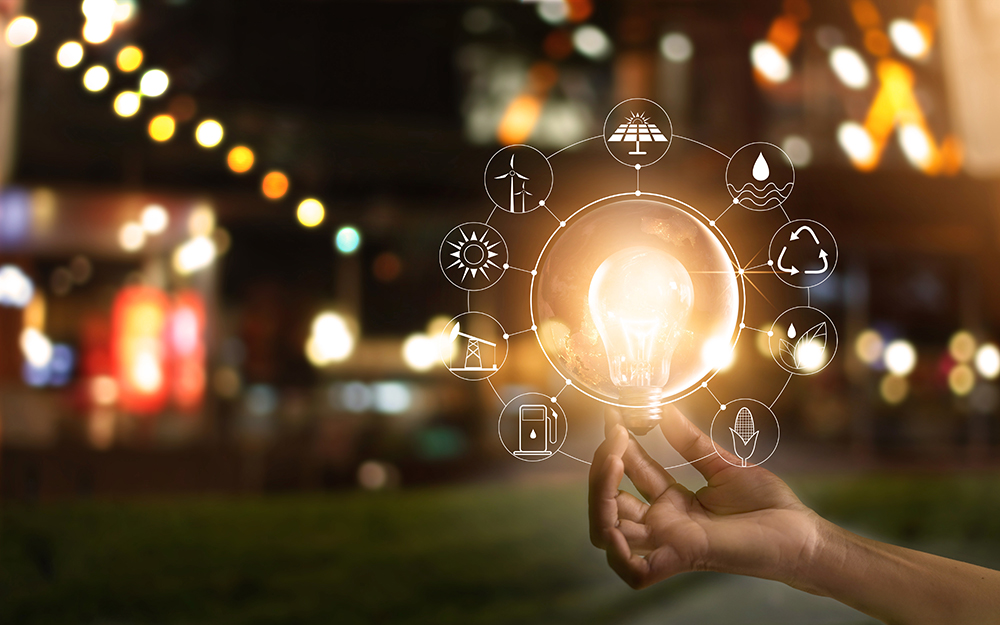New technology and blended finance will help to bridge the ‘last mile’ of the infrastructure gap by getting goods and services to end users and connecting underserved populations to business value chains,
That is according to the African Development Bank during a session at the Global Infrastructure Forum 2018.
Wale Shonibare, African Development Bank’s Director for Energy Financial Solutions, Policy and Regulation, said the bank’s commitment to connect millions of households under its ‘New Deal on Energy for Africa’ – a core component of its ‘Light Up Africa High 5’ development priorities – required flexibility and innovation from both a technology and financial perspective.
“We are looking to connect 200 million households to electricity – 75 million of those will be off-grid,” said Shonibare.
“Conventional grids cost, on average, US$2,500 per connection in rural communities, whereas mini grids cost between US$500-1,00 per connection.”
In Ivory Coast, the bank’s approval of a credit guarantee covering part of a guaranteed loan facility to Zola EDF Côte d’Ivoire (ZECI), a 50/50 joint venture between Off-Grid Electric (OGE) and EDF, paved the way for them to provide access to around 100,000 rural households with pay-as-you-go solar home systems by 2020. This operation is the first large-scale local currency financing structure using the securitisation technique for the off-grid renewable energy sector in Africa.
Energy projects in Rwanda and Nigeria, which had obtained bank approval, were additional examples of the bank partnering with the private sector to bring service to end users in innovative ways.
Given the remarkable improvements in the field, Shonibare said there was no doubt as to the role technology could play in the ‘Light Up’ drive and other key aspects of the bank’s development agenda. Smart technologies, creative financing models could facilitate business and inclusiveness, improving livelihoods across the continent.
“We have to look for more ways of scaling up access,” said Shonibare.


